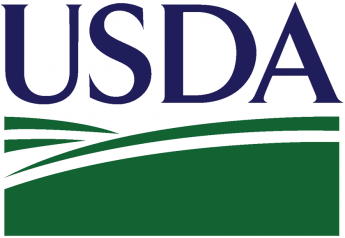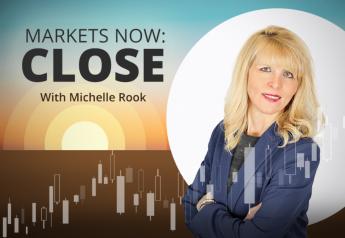The 4 Questions to Ask Before Making Any Big Business Decision
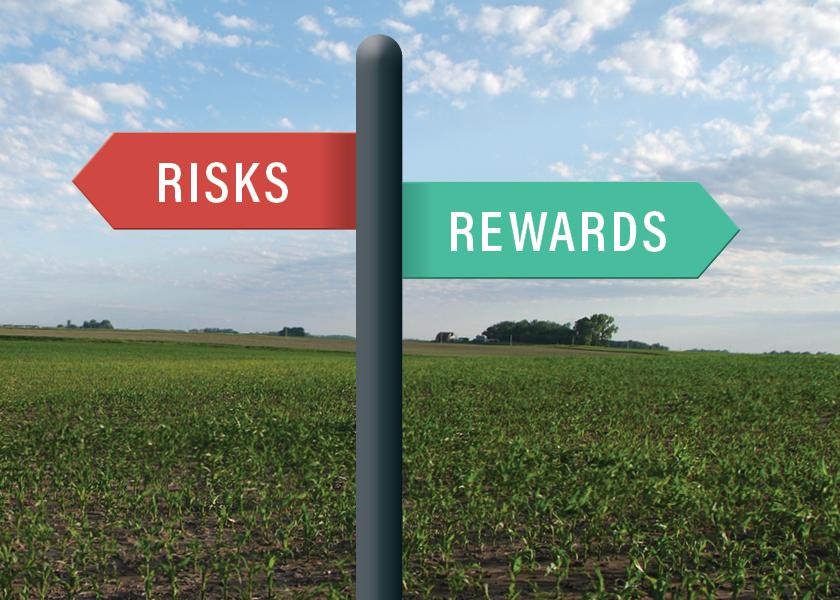
The difference between strategy and serendipity is small when you are prepared, explains Mark Faust, president of Echelon Management.
How can you be ready, willing and able to lead your farm into the future? Start by developing a decision-making process.
“Have you put off decisions that could be of great benefit to your company? Do you sometimes feel as though you agonize over decisions?” Faust asks. “Here are a few tools that have helped many leaders with whom we work deftly make more effective decisions.”
If the decision is between alternatives, your first step is to ask the following questions:
- What are the “musts,” or non-negotiables, that we cannot sacrifice?
- What are the “wants” that we would like to gain?
- What are the potential risks that we need to consider?
- What are the potential gains that could be realized?
Faust offers this additional guidance when answering the above questions:
Musts: These are mandatory, measurable, and realistic. This will sometimes sift out options that are not appropriate.
Wants: See which of the above “must” options will likely meet the most wants. List the wants behind each relevant option.
Risks: At this point, many decisions should become at least much clearer if not obvious, he says. You are looking for the most rational decision, which equates to the maximum benefit within acceptable risk parameters.
Gains: Think through the potential benefits behind each option and consider if some of the options begin to deliver a much greater return with a reasonable likelihood of success.
For larger and risker decisions, Faust says you may need to take this analysis a step forward. He suggests putting your decision factors from the above into a spreadsheet. For each option, you will want to weight the negative potential of the risk or positive potential of the reward.
For example, he says, you could rank a reward from 1 to 5, with these parameters:
1 = Some minor enhancement that only you would know about.
2 = A nice improvement that people around you could benefit from and see.
3 = A benefit that is companywide and people are talking about on a regular basis.
4 = Customers flocking to your company.
5 = A game changer for the company, industry, or more.
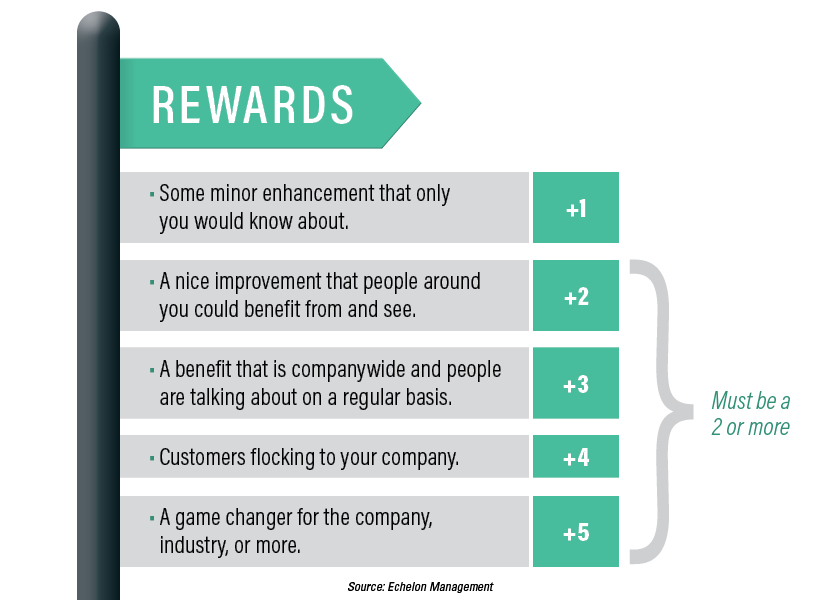
After rating the reward potential, do the same with the risks, considering the following ratings:
-1 = A minor annoyance
-2 = A problem you could solve
-3 = A problem for which you would have to get help and it would be made public in the company.
-4 = A huge embarrassment
-5 = A problem so bad that it could harm your company.
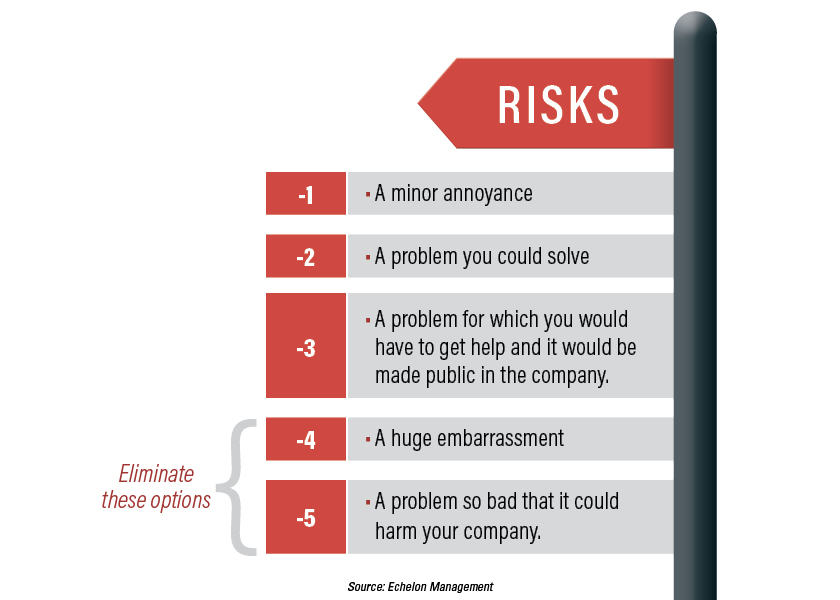
To make changes, Faust says, the rewards must be a 2 or more. Otherwise, you might as well consider other potentials. If the risks are -4 or -5, then you may want to eliminate that option.
“The problem for most leaders making decisions is that they aren’t using any objective criteria or tools to evaluate the options available,” he says. “Instead, far too many of us spin our wheels and then make decisions based on intuition, when a much more helpful and objective approach could be applied.”
Of course, you have valuable instincts based on years of experience and data. Yet, Faust says, you could improve your decision-making success by using more tools to evaluate your options.
“Frequently, there is an objectifying tool we can pull out and use to help make the decision more rational and measured and thus give confidence to the CEO that they are doing the best they can in making that decision,” he says. “Also, bring in an objective outsider, someone not burdened with the concerns surrounding the decision can offer a unique wisdom that can accelerate success.”
Learn more from Faust by watching his presentation at the 2021 Top Producer Summit in Nashville, Tenn.
Read more coverage and watch other sessions from Top Producer Summit.


